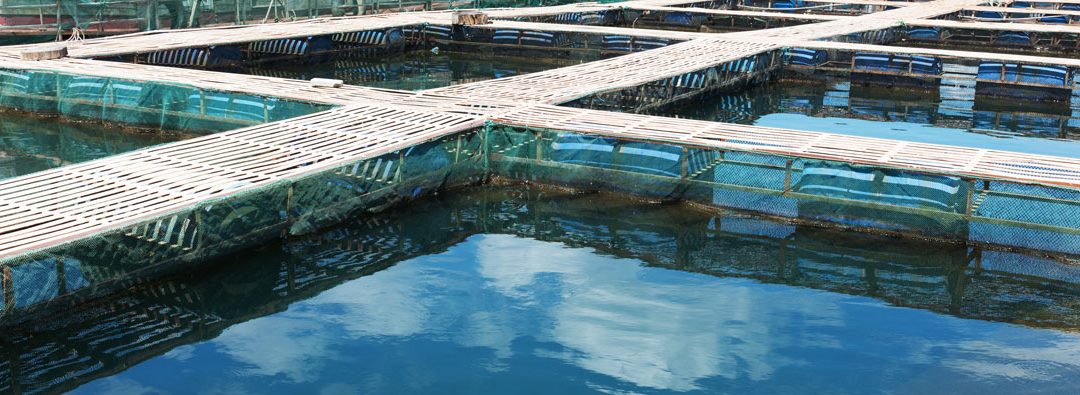The Food and Agriculture Organization of the United Nations (FAO) projects that we will add 2 billion people to Planet Earth by the year 2050. Accommodating this growth will require us to increase food supplies by 60% above current levels—no easy task. What’s more, most of that population boom will occur in so-called developing countries, in which economic development is heavily correlated with a dietary shift toward resource-intensive animal proteins. Finding ways to meet this heightened demand in a sustainable way is one of the major challenges facing our food production systems today.
The Role of Seafood
Key to that endeavor is taking steps to improve current methods of seafood production. About 40% of the Earth’s population lives within 100 kilometers of the sea, and seafood is an integral part of the diets of billions of people. Per capita fish consumption has doubled since the 1960s; worldwide, seafood accounts for about 15% of animal protein consumed and directly employs 58 million people.
But this bounty comes at a cost. The FAO reckons that 30% of global fish stocks are at risk of collapse from overfishing, while a further 60% are producing at maximum capacity. If seafood is to continue to play its vital food security role as a source of high-quality protein, we must increase production in ways that do not place further pressure on existing fish stocks.
The Way Forward
Two approaches can help move us to more sustainable production. The first is to strengthen efforts to rebuild and protect depleted fisheries; doing so could raise production by as much as 16.5 million metric tons per year—an amount equal to nearly 20% of current hauls.
The second approach is aquaculture, commonly called fish farming. Aquaculture’s importance as a seafood source has grown fast in recent years: the proportion of fish produced in this manner rose from one third in 2000 to one half today, a trend that is projected to only intensify. But while aquaculture has shown great promise as an alternative to wild fishing, uncertainties about its impact on the environment remain. In the next installment in this series, I will examine the current state of aquaculture, as well as challenges to its sustainable implementation.
Want to learn more? Check out this UN conference briefing for some quick facts, or really dive into the FAO’s full 2014 report here.
